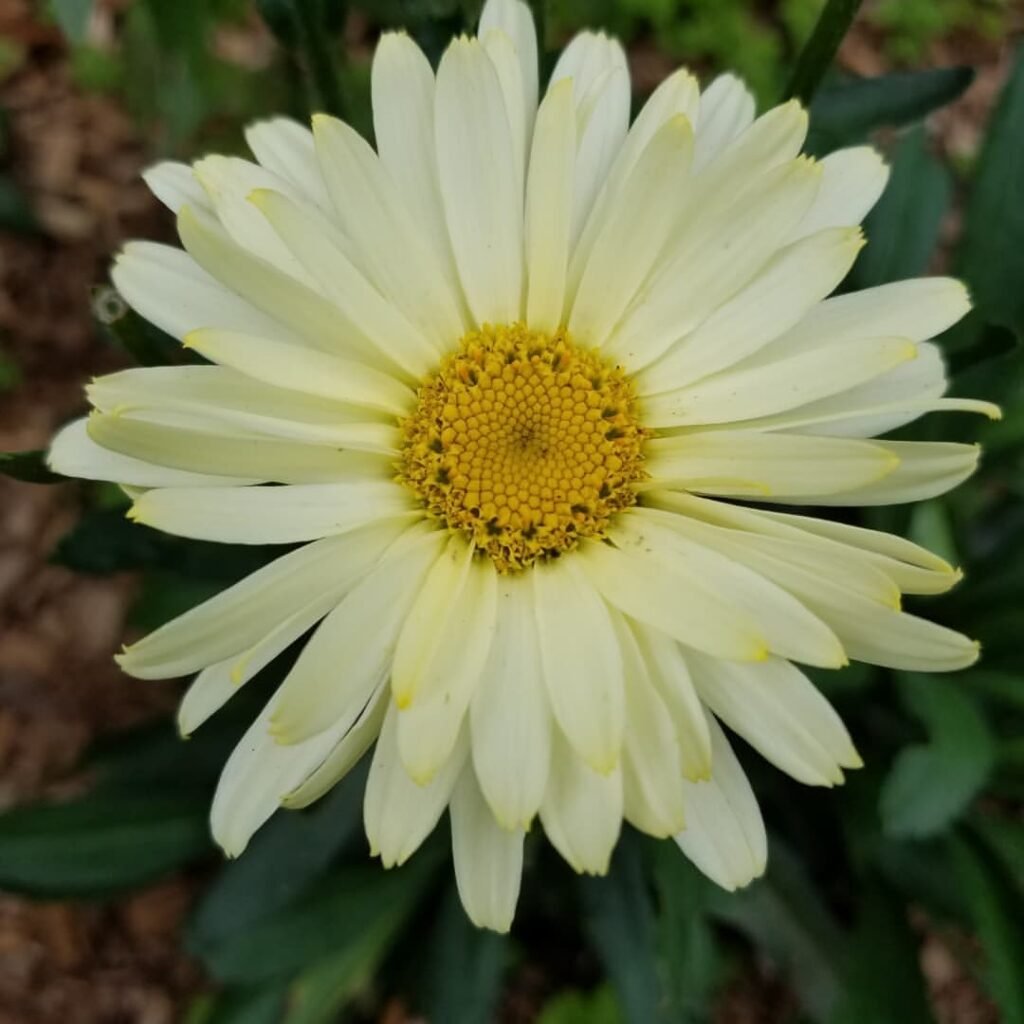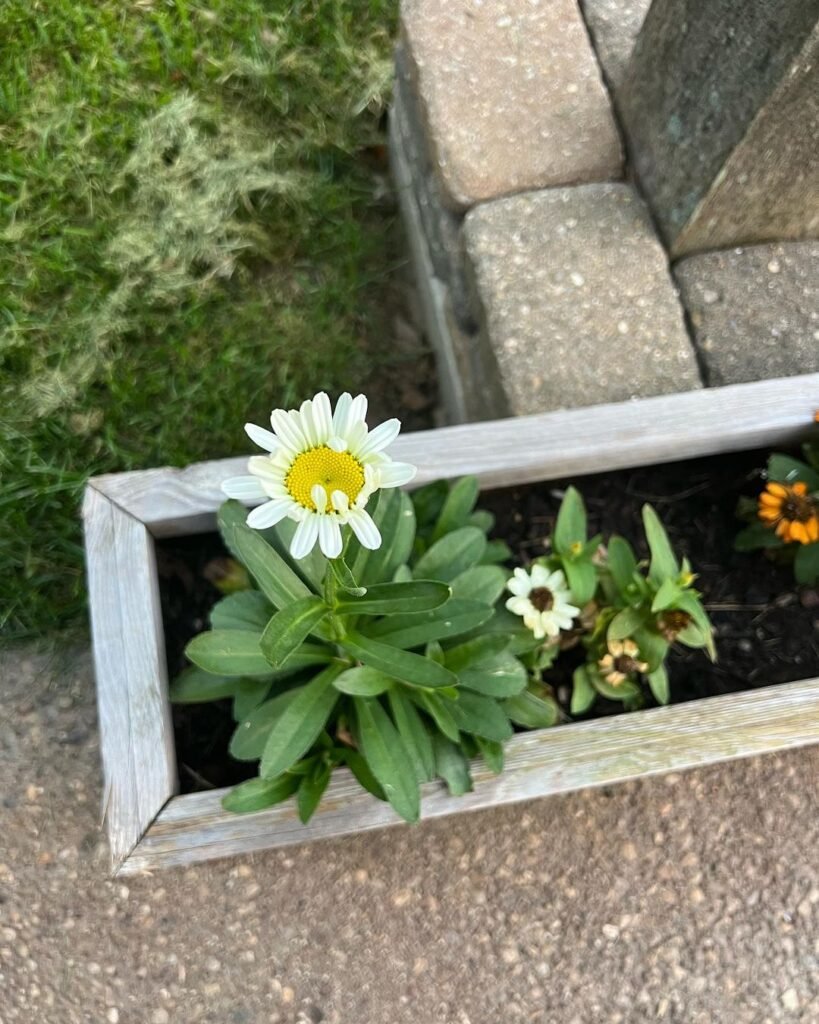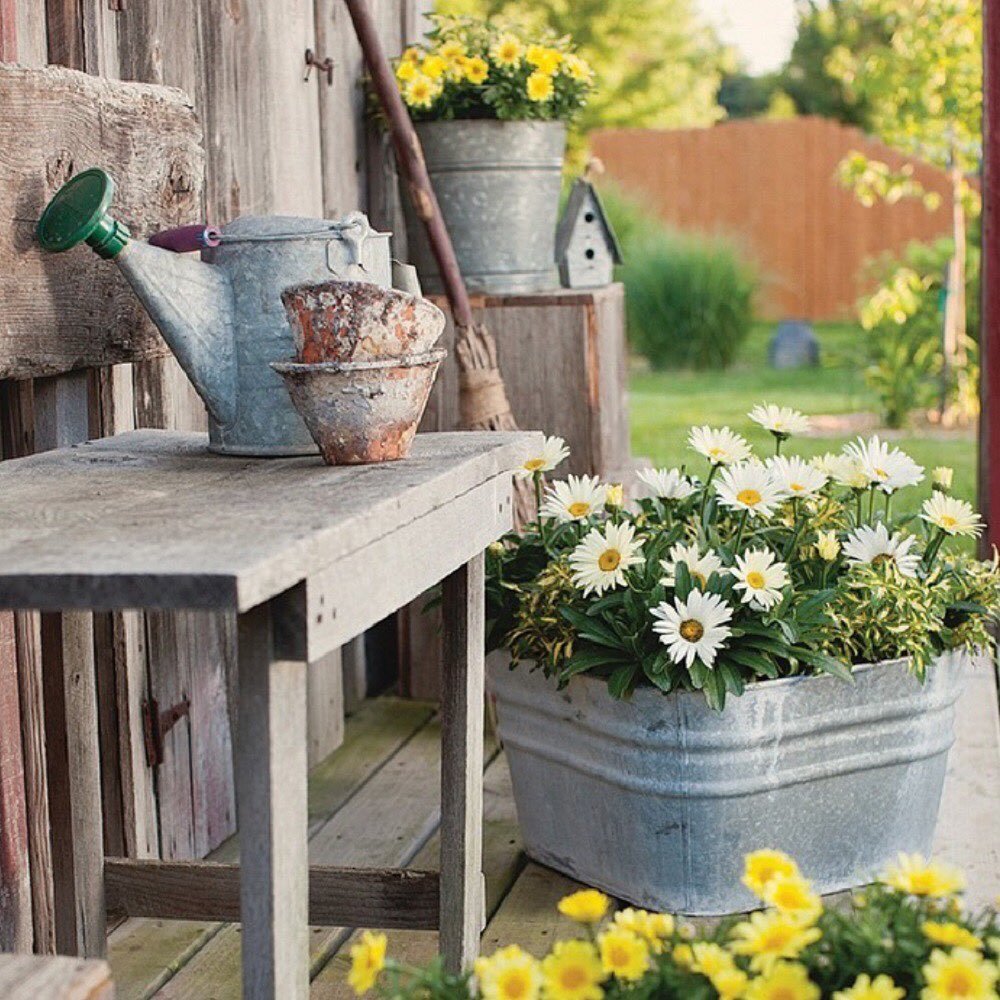The statement means that Proven Winners, a plant brand, has made an in-depth guide that explains the steps to grow Shasta Daisy effectively. This guide likely includes tips on planting, caring for, and maintaining these flowers to help gardeners achieve the best results. Shasta Daisies are popular perennials known for their bright white petals and yellow centers. The guide would be useful for anyone interested in adding these cheerful flowers to their garden.

The Basics of Shasta Daisies
the Shasta daisy is a type of flower that grows every year. its petals are white, and the center is yellow. its name comes from Mount Shasta in California, where the flower was first created to be tough in the 1800s.
Botanical Name- (Leucanthemum x superbum)
Origin: Named after the snowy peaks of Mount Shasta in California, Shasta daisies are a hardy hybrid developed in the 1800s.
Cultivars: There are 69 unique cultivars of the Shasta Daisy, according to the Royal Horticulture Society.
Plant Size: They can reach in size from 9 inches to 3 feet tall, and 1 to 2 feet wide.
Sun Exposure: They thrive in full sun but can also adapt well to partial sun.
Soil: Prefer loamy, moist but well-drained soil with a neutral pH.
Bloom Time: Typically blooms in spring and summer.
Flower Color: White petals with yellow centers.
Hardiness Zones: Suitable for USDA zones 5-9.
Toxicity: Toxic to pets, so it’s important to keep them out of reach if you have dogs or cats.
Once established in the ground, Shasta Daisies are pretty sturdy and generally require little upkeep. They are hardy against diseases and make lovely lasting cut flowers and these blossoms attract butterflies and moths.
Some information to help you grow Shasta daisy:
Shasta daisies are lovely flowers that can add charm to any garden. daisy plants are happy to grow and thrive if you give them the care they deserve. Here are some essential tips to help you grow Shasta daisies.
Shasta daisies need a sunny place with soil that drains well. They do best in full sun but can handle some shade. They also want soil that is wet but not waterlogged, so do not water them too much.
Fertilize Shasta daisies with a low-nitrogen fertilizer in spring and mid-summer. This will help them produce more flowers and prevent excessive foliage growth. A fertilizer with an NPK ratio of 0-10-10 is ideal
Prune them regularly to encourage more blooming and prevent legginess. Deadhead the faded flowers by cutting the stem back to the foliage. This will stimulate new growth and flowering. You can also prune the plants in early spring to improve their shape and reduce their height. Another pruning technique is the Chelsea Chop, which involves cutting back the stems by half in late spring or early summer. This will delay and extend the blooming season
Divide them every 2-3 years in early spring to prevent overcrowding and woody centers. This will also rejuvenate the plants and increase their vigor. To divide them, dig up the clumps and separate them into smaller sections. Replant them in new locations or share them with friends
Remember, Shasta daisies are toxic for pets, so keep them away from dogs and cats. Happy gardening!
Check out 12 White Flowers That Add Bold Beauty to Any Garden
Shasta Daisy Care Tips

Light
Shasta daisies need at least 6 hours of full sun per day to produce abundant and healthy blooms. However, they can also tolerate some partial shade, especially in hot climates. If grown in too much shade, they may become leggy and produce fewer flowers.
Soil
Shasta daisies prefer well-drained soil that is rich in organic matter, such as compost or manure. Shasta daisies adapt to different soil types, but they do not like soggy or waterlogged soil, which can cause root rot and fungal diseases12. The ideal soil pH for Shasta daisies is neutral, around 6.5 to 7.03.
Water
To keep Shasta daisies healthy, water them often but not too much. You can test the soil moisture by putting your finger in the soil. Water the plant a lot if the soil is dry. The water should come out of the pot or make the soil wet 6 inches deep. Do not get water on the leaves. this can lead to fungal infections. Water the plants in the morning, so they can dry before evening. Shasta daisies can survive some drought, but they may require more water during hot or dry periods.
Temperature
Shasta daisies are hardy perennials that can survive in a wide range of temperatures, from USDA zones 5 to 9. They can tolerate light frost, but they may need winter protection in colder regions. After cutting the plants back in the fall, apply several inches of mulch over the crown to insulate them from extreme cold. You can also cover the plants with a layer of straw or a frost cloth to protect them from freezing temperatures
Fertilizer
Shasta daisies benefit from a low-nitrogen fertilizer in spring and mid-summer, which will help them produce more flowers and prevent excessive foliage growth. A fertilizer with an NPK ratio of 0-10-10 is ideal. Do not apply fertilizer to the foliage or the flowers, as this can burn them. Do not overfertilize, as this can cause weak stems and fewer blooms
By following these care tips, your Shasta daisies will reward you with their bright and cheerful presence in your garden. Read more about The History of Shasta Daisies
Variety of Shasta daisies

Shasta daisies (Leucanthemum x superbum) come in several varieties with different sizes, shapes, and colors of flowers. Some of the most popular ones are
1. Becky: This is the Perennial Plant Association’s Plant of the Year for 2003. It has large, 4-5 inch flowers on sturdy stems that can reach up to 3 feet tall. It blooms from summer to fall and is great for cut flowers.
2. Snowcap: its compact variety of Shasta daisies that grows to 12-14 inches tall. It has the same large and lovely white flowers as the taller Shasta daisies but is more suitable for small spaces and containers.
3. Banana Cream: This is a newer variety that has lemon-yellow flowers that fade to creamy white as they age. It has an extra row of petals that give it a fuller appearance. It blooms prolifically all summer long on strong, upright stems.
4. Snow Lady: This variety has single, 2-inch flowers on compact plants. It is an early bloomer and has a long flowering season. It is also heat and drought-tolerant.
5. Ice Star: This is a unique variety that has quilled petals that give it a star-like shape. It has a long blooming period and is easy to divide. It does not reseed itself in the garden.
6. Goldrausch: This is a rare variety that has yellow petals instead of white. It has large, 3-inch flowers that contrast well with the dark green foliage. It is a vigorous grower and a heavy bloomer.
I hope this information helps you learn more about the variety of Shasta daisies. They are beautiful flowers that can brighten up any garden.
15 Long Blooming Perennials That Flower All Summer Long
Shasta Daisy Propagation by Division

Choose the right time to divide : The best time to divide Shasta daisies is in early spring or late summer, after the blooming season. Avoid dividing in hot or dry weather, as this can stress the plants.
Dig up the clump: Use a spade or a fork to dig around and under the root ball of the daisy plant. Lift it carefully and shake off any excess soil.
Divide the clump: Use a sharp knife or scissors to cut the root clump into smaller sections. Each section should have at least 3 to 4 healthy stems and roots. Discard any dead or diseased parts of the plant.
Replant the divisions: Prepare the planting site by loosening the soil and adding some compost or organic matter. Plant the divisions at the same depth as they were before, spacing them about 12 to 18 inches (30 to 45 cm) apart. Water them well and apply some mulch to conserve moisture and prevent weeds.
Care for the new plants: Maintain the soil moist but not soggy until the plants are established. Fertilize them with a low-nitrogen fertilizer in spring and mid-summer to promote flowering. Deadhead the faded flowers to encourage more blooming. Prune the plants in early spring to improve their shape and reduce their height.
I hope this helps you propagate Shasta daisies by division. They are beautiful flowers that can brighten up any garden.
How Shasta daisy plants bloom
To get plenty of flowers from your Shasta Daisy, you need to give it the right care, such as weekly watering and full sun exposure. When the flowers fade, trim the stem down to the leaves to stimulate more flowering and growth. Splitting the plant every year also helps to keep it blooming well, as crowded plants will have less flowers and weak stems.
Usual problems with the Shasta Daisy

To keep your Shasta daisies healthy, here’s what you can do in simple terms:
Too much water: Don’t overwater them. Once a week is enough, and the soil should not stay wet.
Not enough water: Make sure they get water often, especially on hot days.
Bad soil: They need good soil. If it’s not right, mix in some compost to improve it.
Bugs: If bugs are eating the leaves, you can gently wash the plant with soapy water.
Sickness: If the plant looks sick or has bad leaves, remove those leaves. Sometimes, you might need to use medicine for plants.
By looking after these things, your Shasta daisies will stay healthy and look beautiful.
Final Thoughts
Gardeners like Shasta Daisies because they look nice and are easy to take care of. These flowers last a long time when cut and bring in butterflies and bees. They’re simple to grow, but it’s important to know they can be harmful to pets and don’t live very long. If you plant new ones every year, you’ll always have these pretty flowers in your garden.
Check out Which 10 Perennial Flowers Bloom All Summer
Frequently Asked Questions
Do Shasta daisies only bloom once?
No, Shasta daises could still have more than one bloom per season. Deadheading is done regularly and they normally flower between June and September. Another form is a process known as deadheading in which you prune off the wilted blossoms so that you can stimulate more bloom.
How long do Shasta daisies last?
Perennial is a type of plant that usually lives for three to five years and shasta daises fall under this category. Nevertheless, they may last for about two months in a season when deadheading is frequently carried out. The process of removing wilted or dead flowers to allow for the production of fresh flowers. As an example, Shasta daisies also are excellent cut flowers that can stay fresh for three to four weeks in a vase.
Pingback: Funeral & Gravestone Flower – A Comprehensive Guide
Pingback: Amaryllis Blooms: A Comprehensive Guide to Care & Reblooming
Pingback: Houseplant Pest Control: A Comprehensive Guide
Pingback: Coreopsis: Brightening Up Your Garden with Sunshine Blooms
Pingback: 🌺 Grow Gorgeous Gerbera Daisy Flowers in Your Garden 🌺 -
Pingback: 18 Ornamental Grass Varieties to Beautify Your Landscape All Year Round
Pingback: Okra Plant: How to Grow, Care For, and Harvest – A Quick Guide -
Pingback: 20 flowers that represent peace | flowers that symbolize peace -
Pingback: Best 25 Companion Plants for Roses - Gardener's School
Pingback: 24 flowers that start with the letter O - Gardener's School
Pingback: 35 Awesome Flowers : that start with A - Gardener's School
Pingback: 25 Stunning Terrarium Plants to Liven Up Your Home - Gardener's School
Pingback: Elegant Anemone Flowers : A Comprehensive Care Guide - Gardener's School